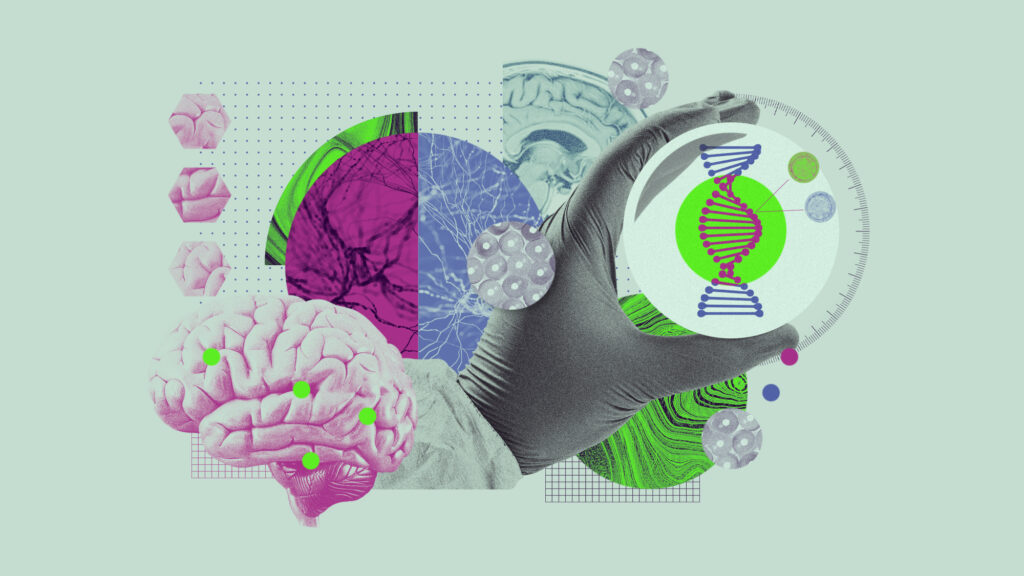
The past year has seen significant advancements in biological research, with breakthroughs that hold the potential to transform our understanding of diseases, conservation efforts, and even scientific methodologies. Here are five notable discoveries that emerged from the scientific community.
Slowing Huntington’s Disease
Researchers have made a remarkable stride in treating Huntington’s disease, a hereditary neurodegenerative disorder that severely impacts mental and physical functioning. A new gene therapy, named AMT-130, has shown the ability to slow the disease’s progression by an impressive 75%. This treatment involves an eight to ten-hour surgical procedure, during which a modified virus is used to deliver a specific DNA sequence deep into the brain.
According to Scientific American, the therapy acts as a “microscopic postman,” enabling neurons to produce the therapy themselves, thereby averting their own death. This innovative approach represents a beacon of hope for patients, as traditional treatment options have been limited. Neurologist Victor Sung remarked, “We’ve had so many failures… so to have something that at least really appears to be having [an] impact is really significant.” Currently, AMT-130 is still undergoing clinical trials and is not yet available to the public.
Understanding Cellular Mechanisms
A new study published in the journal Nature Communications offers a groundbreaking method to observe protein activities within cells with unprecedented accuracy. Researchers at Cornell University have developed a technique that utilizes natural proteins as sensors, allowing scientists to monitor cellular environments without invasive procedures that could otherwise distort biological functions.
This method enables the tracking of flavoproteins, which have magnetic properties detectable via electron spin resonance spectroscopy. Professor Brian Crane, one of the study’s authors, stated that understanding these internal functions could be crucial for uncovering new biological mechanisms related to diseases such as cancer. Such advancements could even facilitate tracking how viruses assemble within cells.
Advancing Kangaroo IVF Techniques
In a pioneering achievement, researchers have successfully produced the world’s first kangaroo embryo using in vitro fertilization (IVF). This breakthrough could play a critical role in the conservation of endangered marsupial species in Australia. The team employed a technique known as intracytoplasmic sperm injection, wherein a single sperm is directly injected into a mature egg.
While the eastern grey kangaroo is not currently endangered, other marsupials face significant threats. Research leader Andres Gambini expressed that the ultimate goal is to preserve endangered species such as koalas and Tasmanian devils. Australia has recorded the highest extinction rate of any continent in recent history, largely due to its unique endemic species.
Sequencing Ancient Microbial DNA
Researchers have achieved a significant milestone by sequencing the DNA of various mammoth species, including 440 individuals that had never been sequenced before. The findings, published in the journal Cell, reveal not only the mammoths’ genetic material but also DNA from 310 different microbial species associated with them.
While many microbes appeared after the mammoths’ deaths, scientists identified six microbial groups that likely coexisted with these Ice Age herbivores over one million years ago. These host-associated microbes might have influenced how the mammoths digested food and resisted infections, providing insights into their adaptation to changing climates. This methodology could be applied to other well-preserved remains, from ancient horses to extinct cave bears, according to Smithsonian Magazine.
Virtual Labs Pave the Way for Future Research
A recent study from Stanford Medicine has introduced the concept of virtual laboratories powered by artificial intelligence. Researchers trained large language models (LLMs) to emulate the critical thinking processes of top-tier scientists. This innovative setup allows for collaborative hypothesis development and rapid experimentation.
In one instance, the virtual lab successfully designed a potential vaccine basis for Covid-19, employing a method using nanobodies. Lead author James Zou emphasized the importance of interdisciplinary collaboration in scientific research, noting that these virtual labs could significantly expedite the research process. This approach could enhance the efficiency of scientific inquiry, facilitating quicker advancements in various fields.
The discoveries highlighted here underscore the ongoing evolution within biological sciences, showcasing how innovative research continues to push the boundaries of what is possible in medicine, conservation, and fundamental scientific understanding. As clinical trials progress and new technologies emerge, the impact of these breakthroughs could resonate throughout the globe, shaping the future of health and biodiversity.







